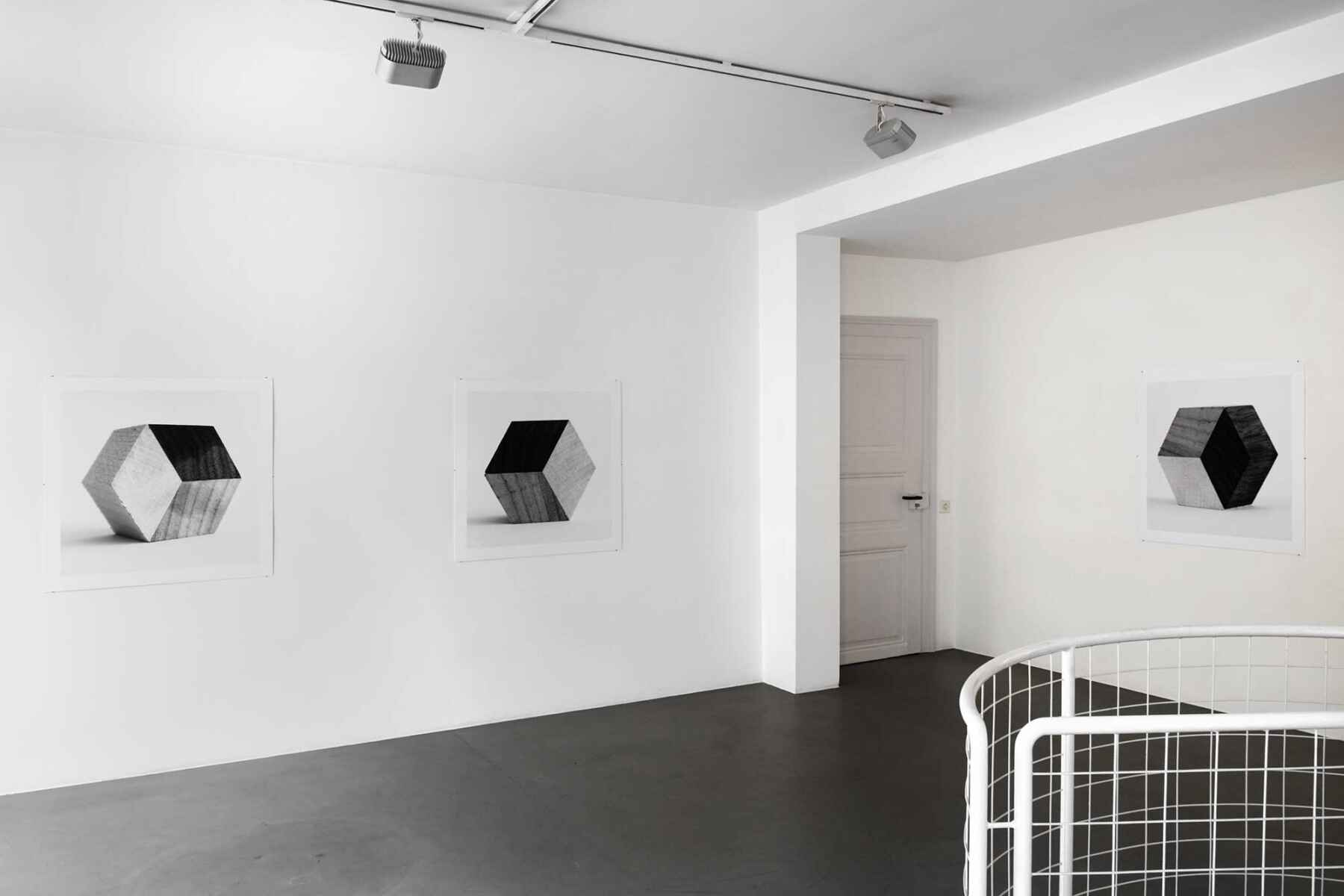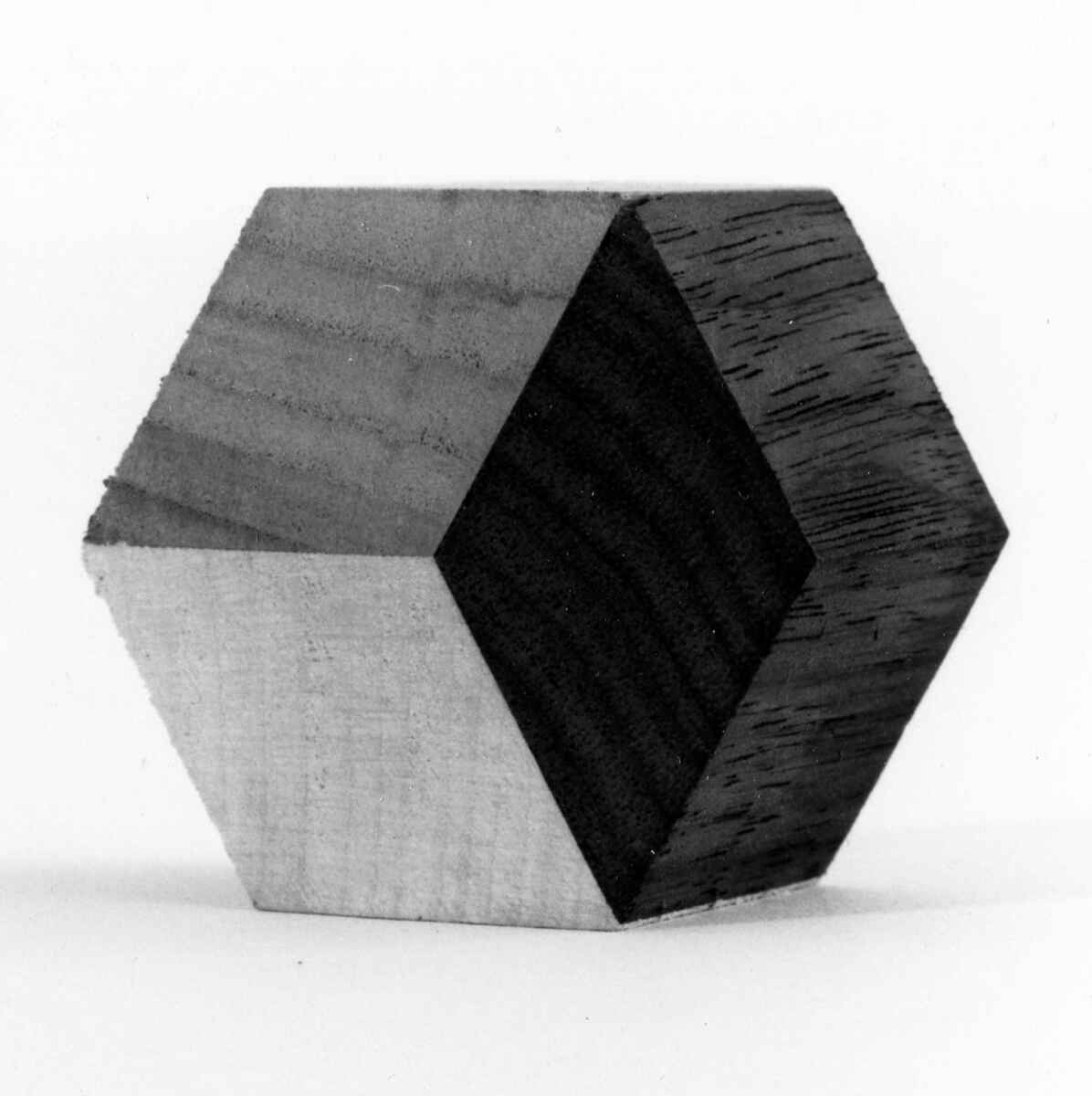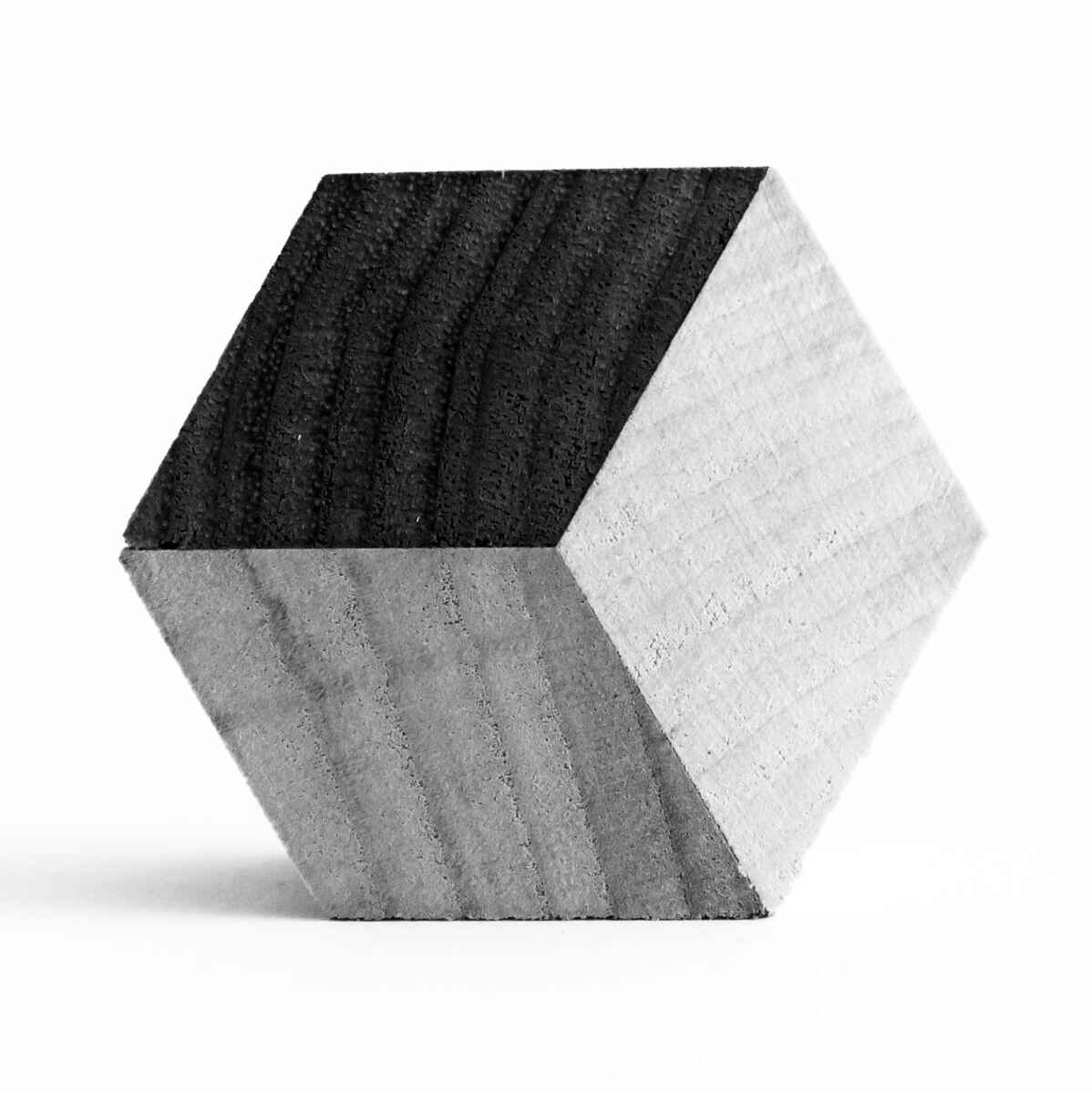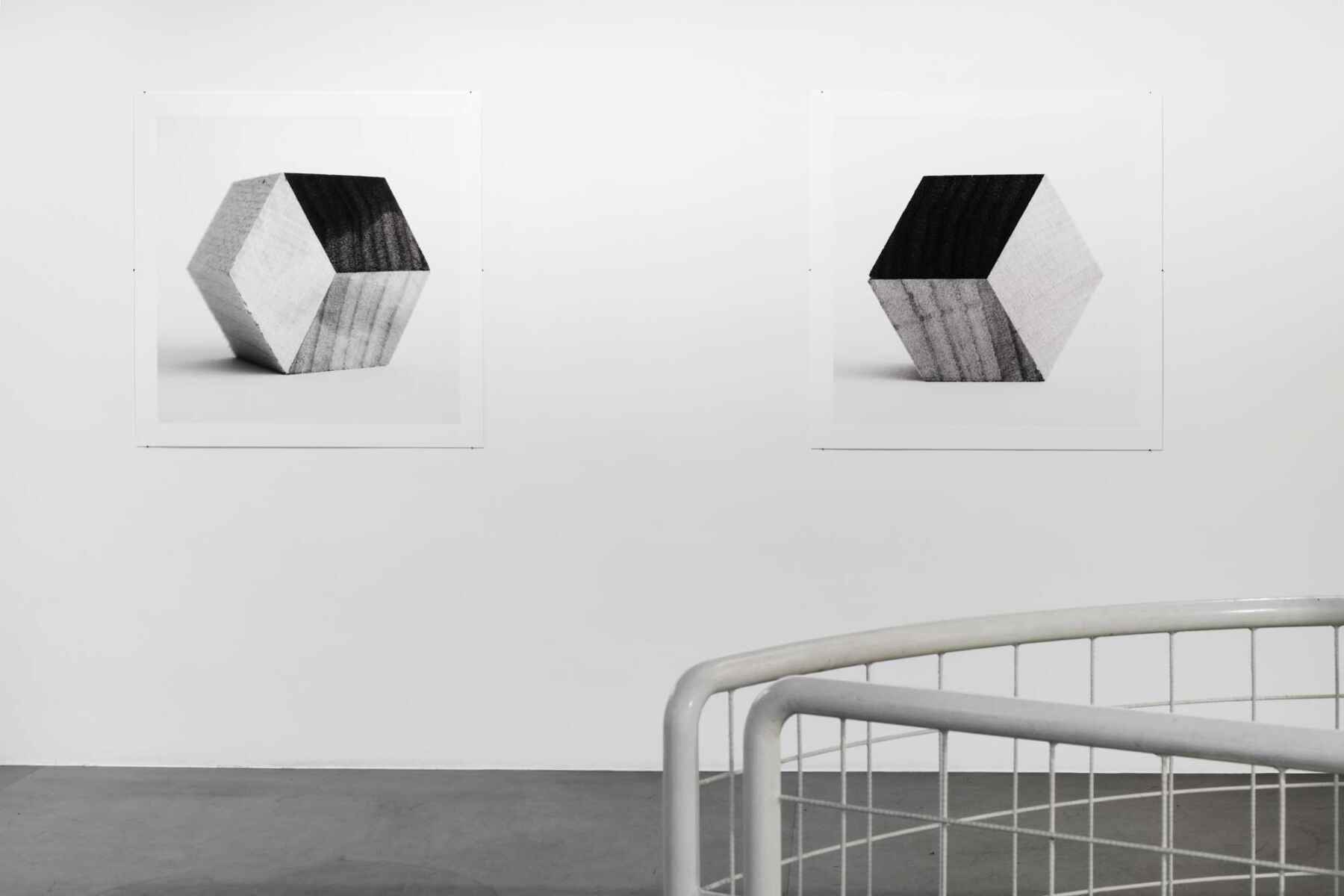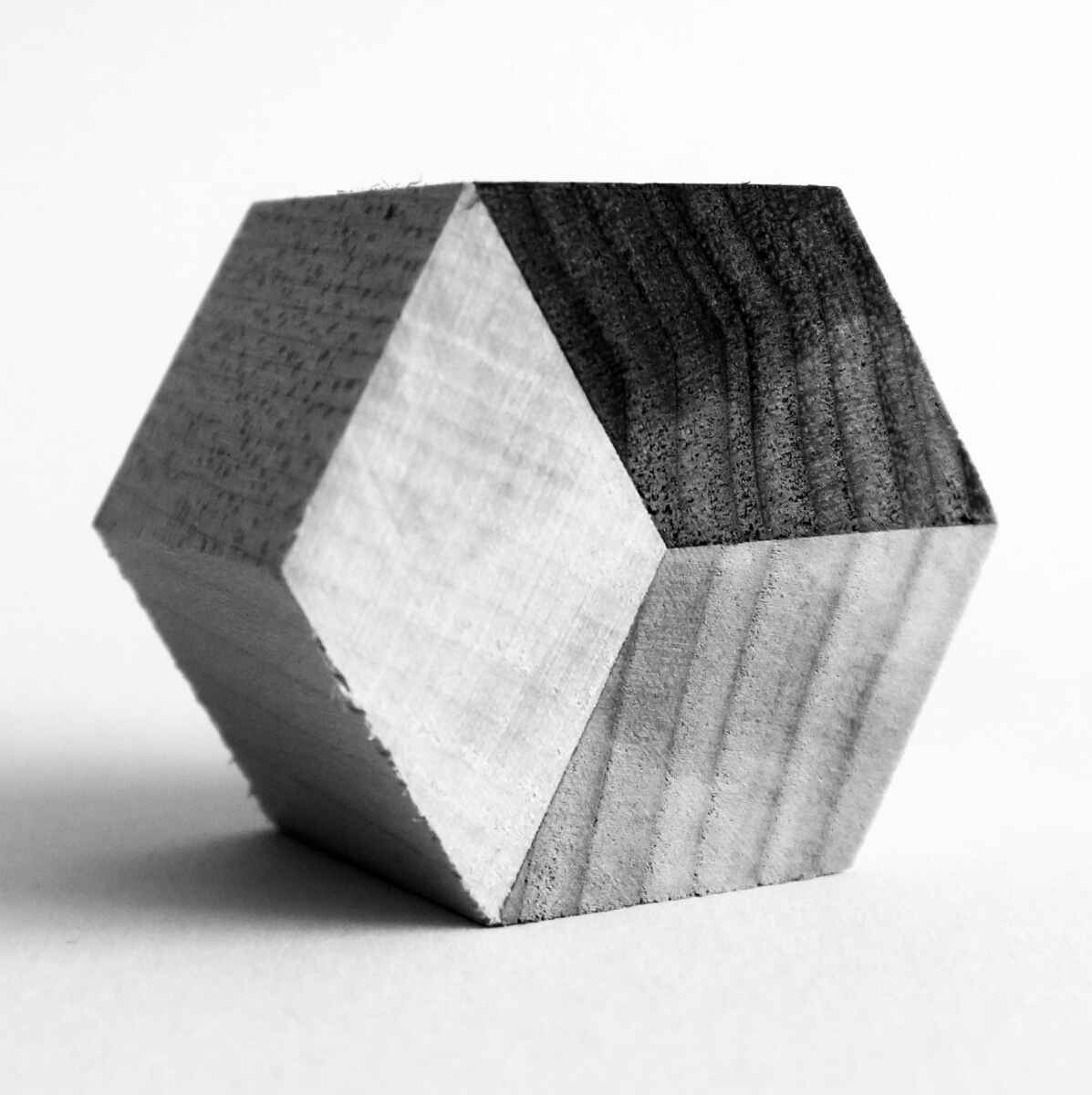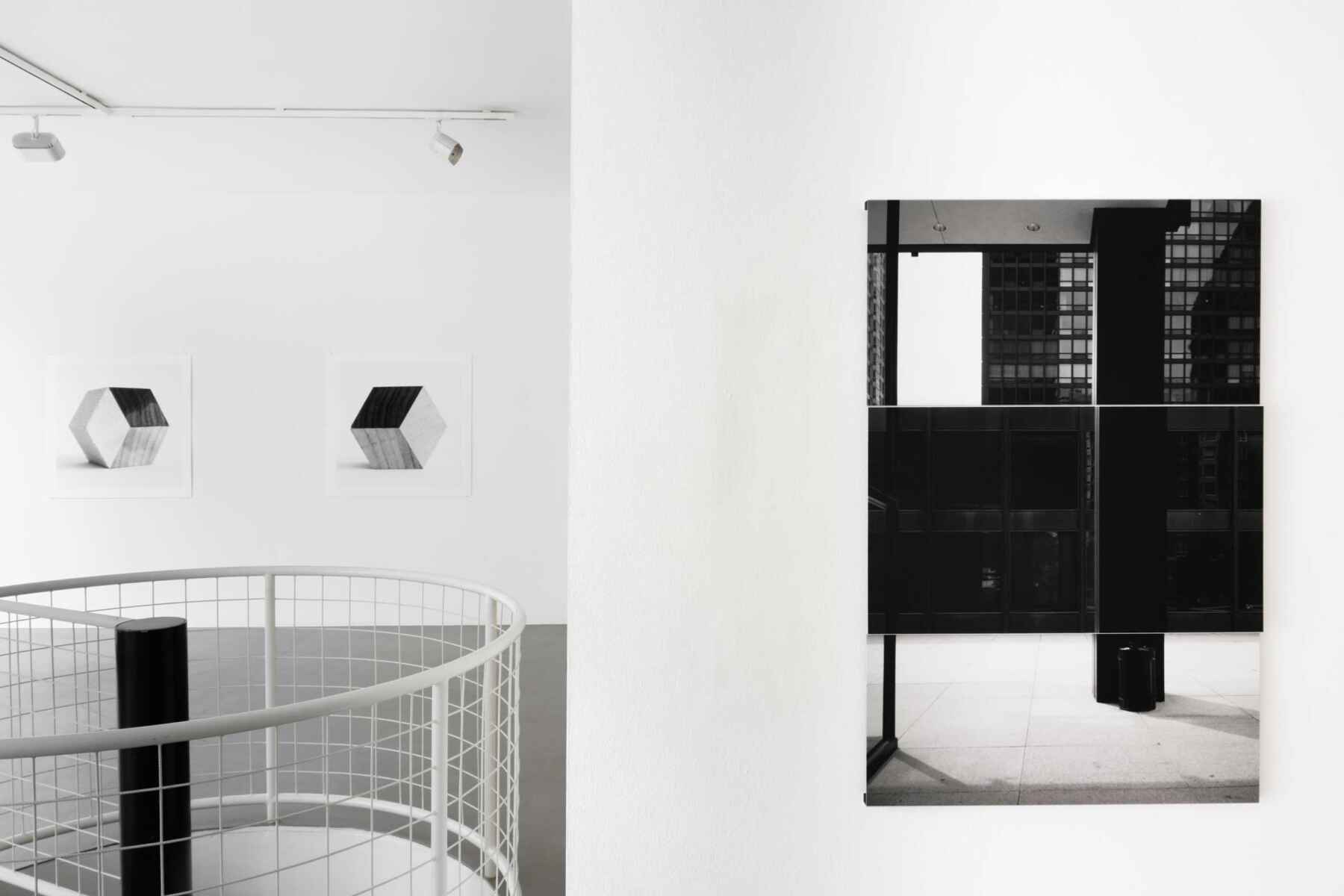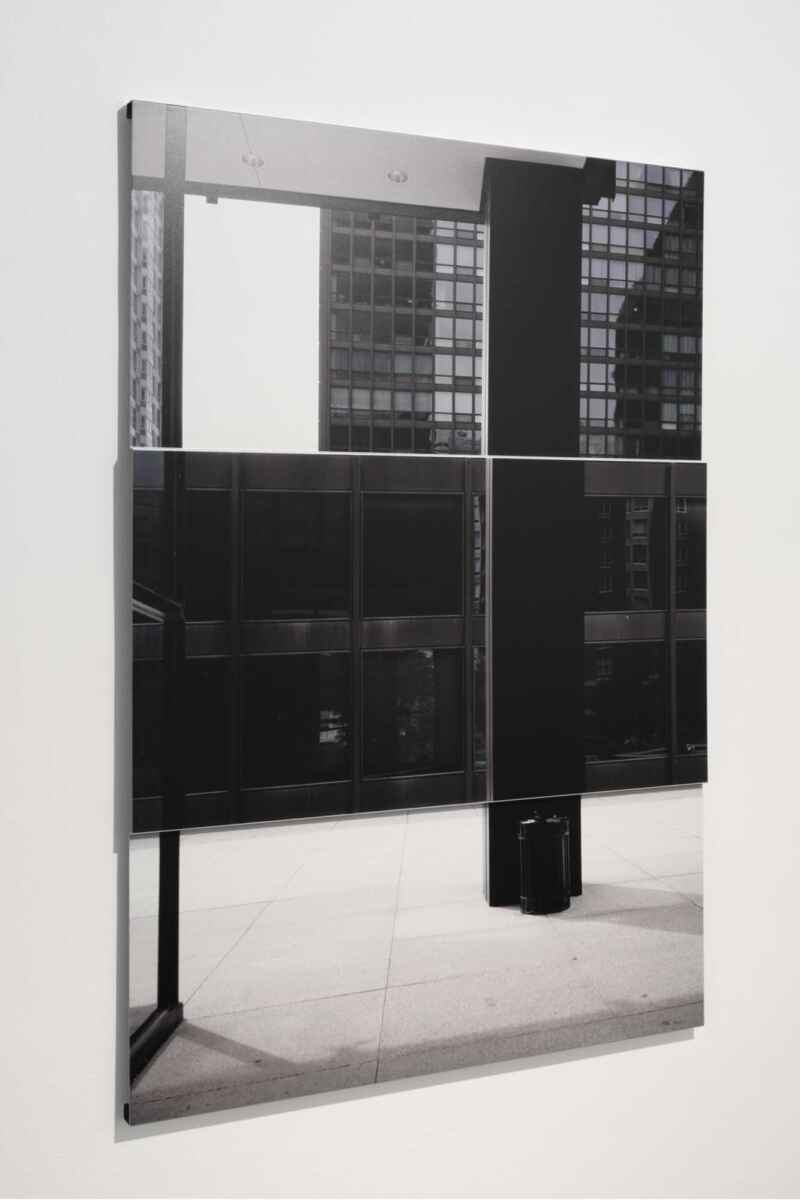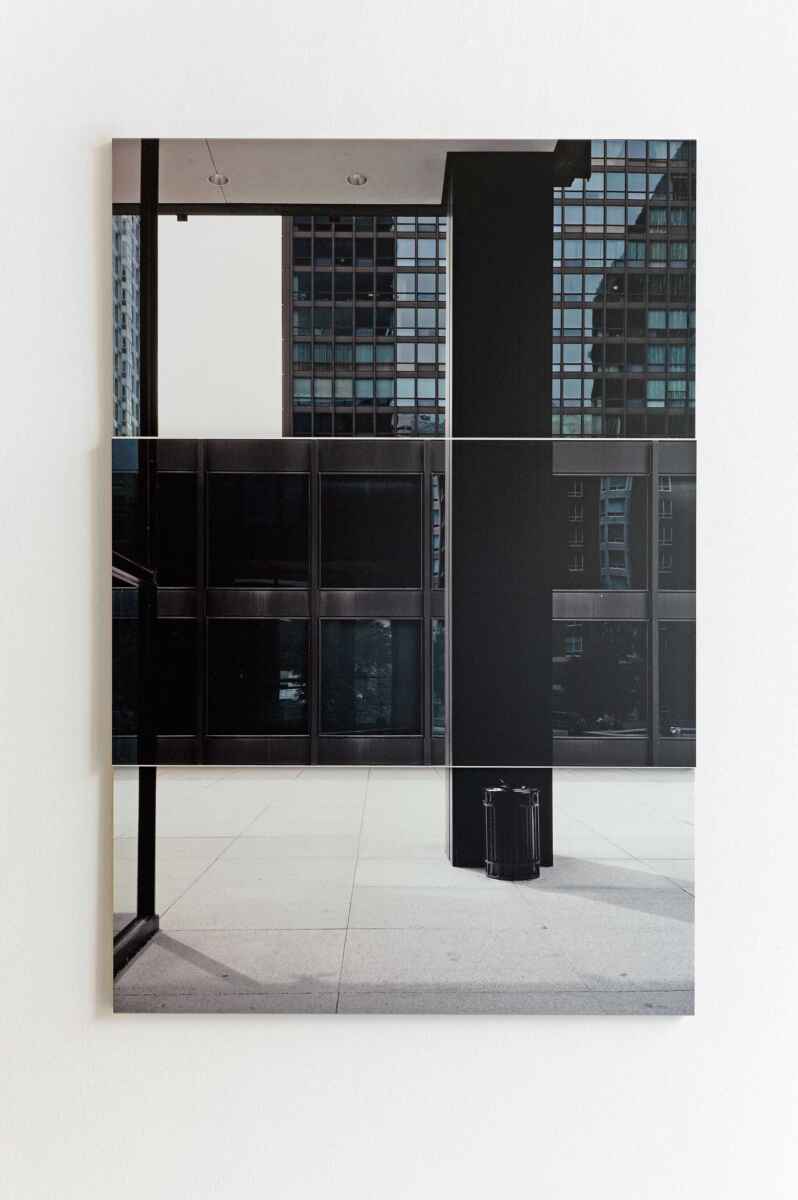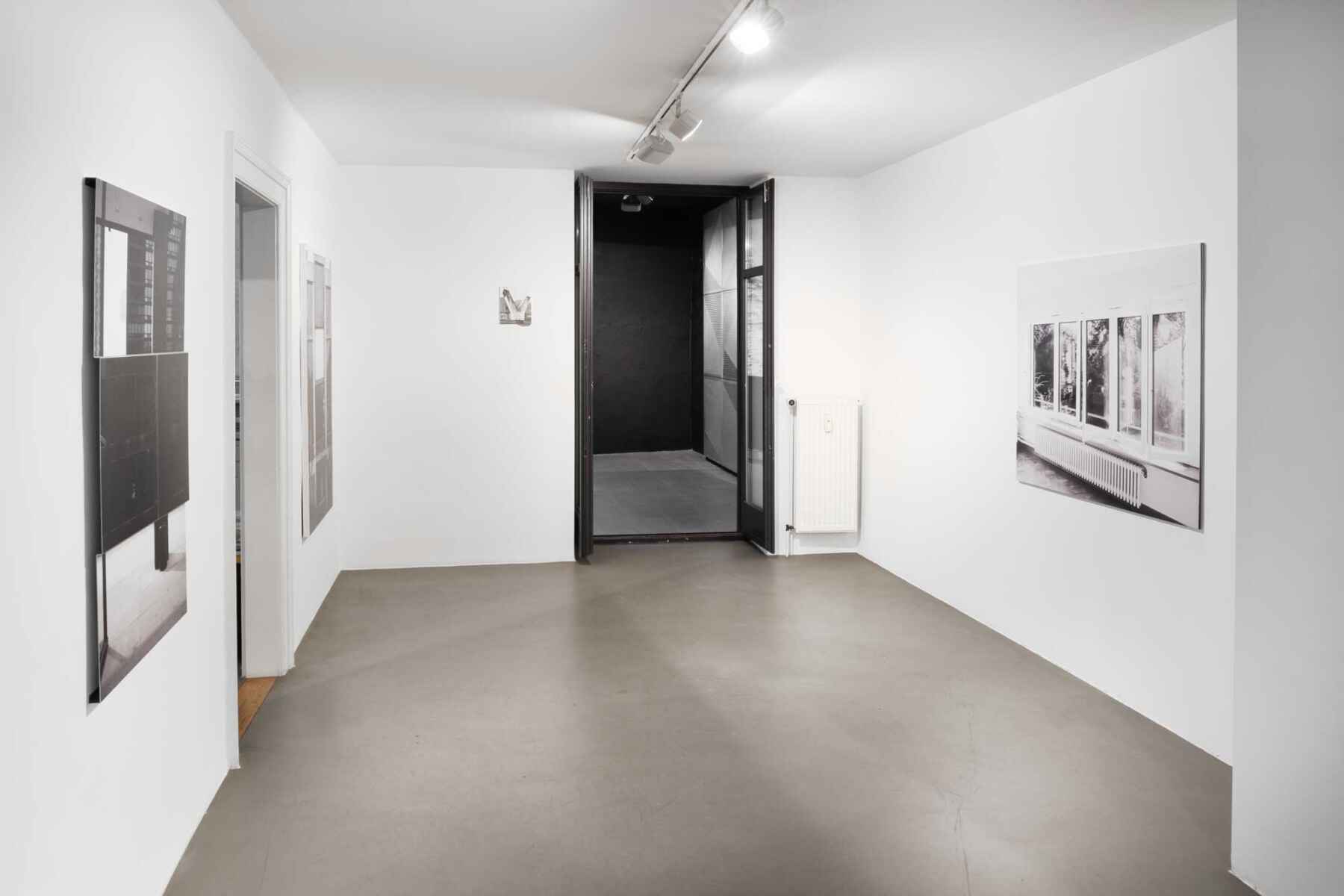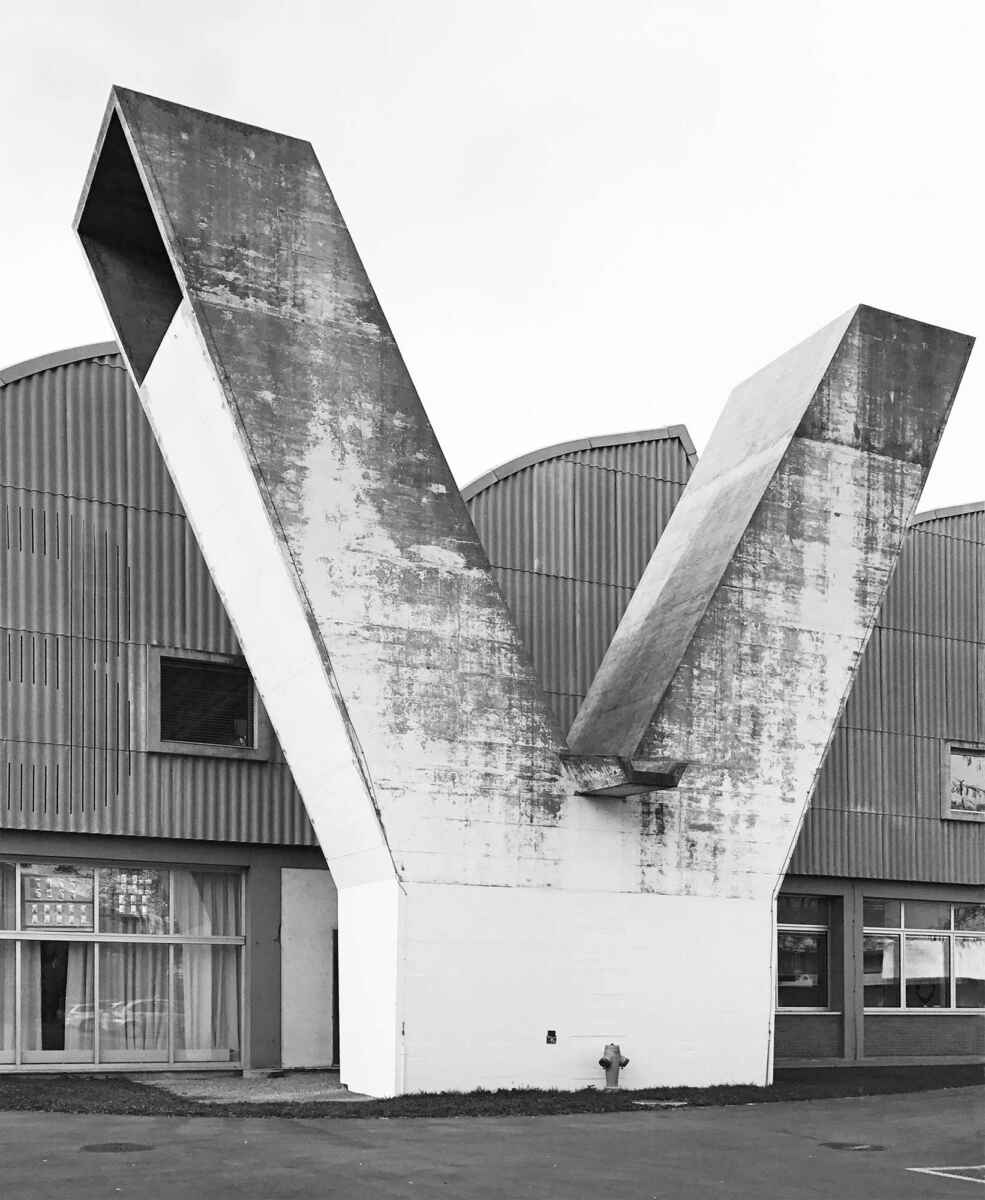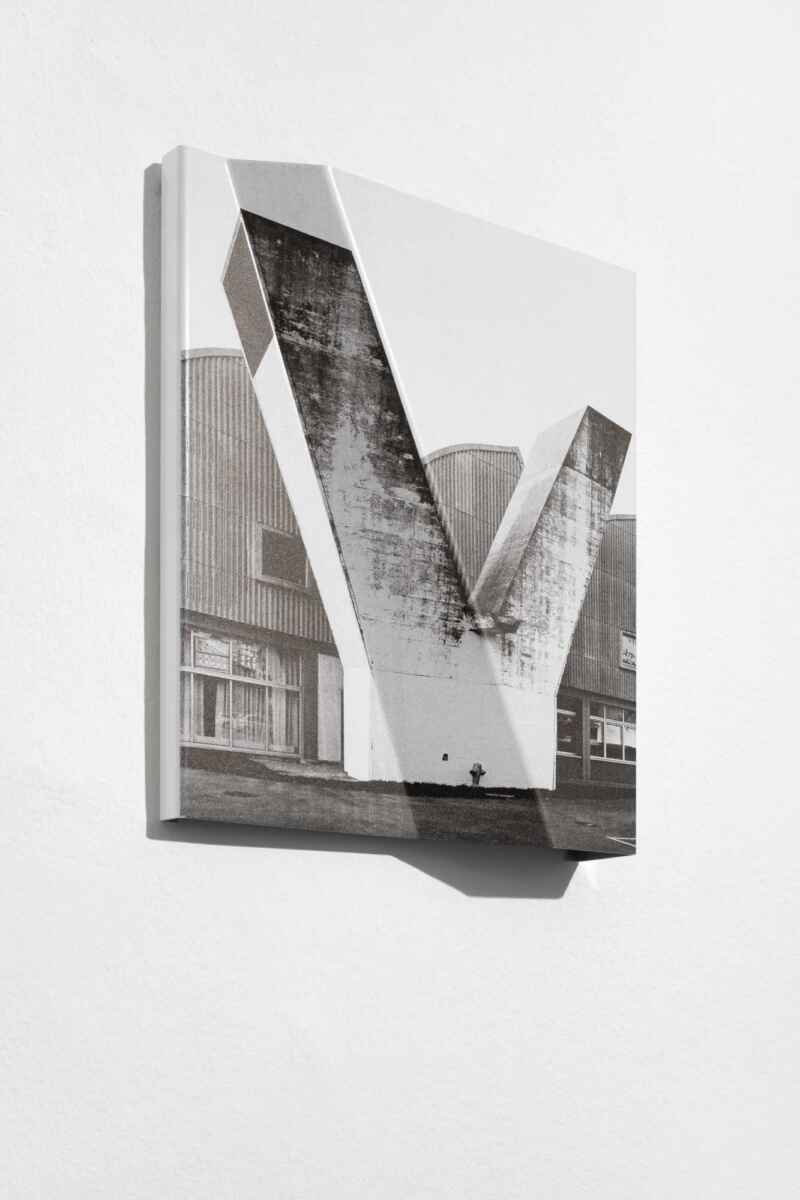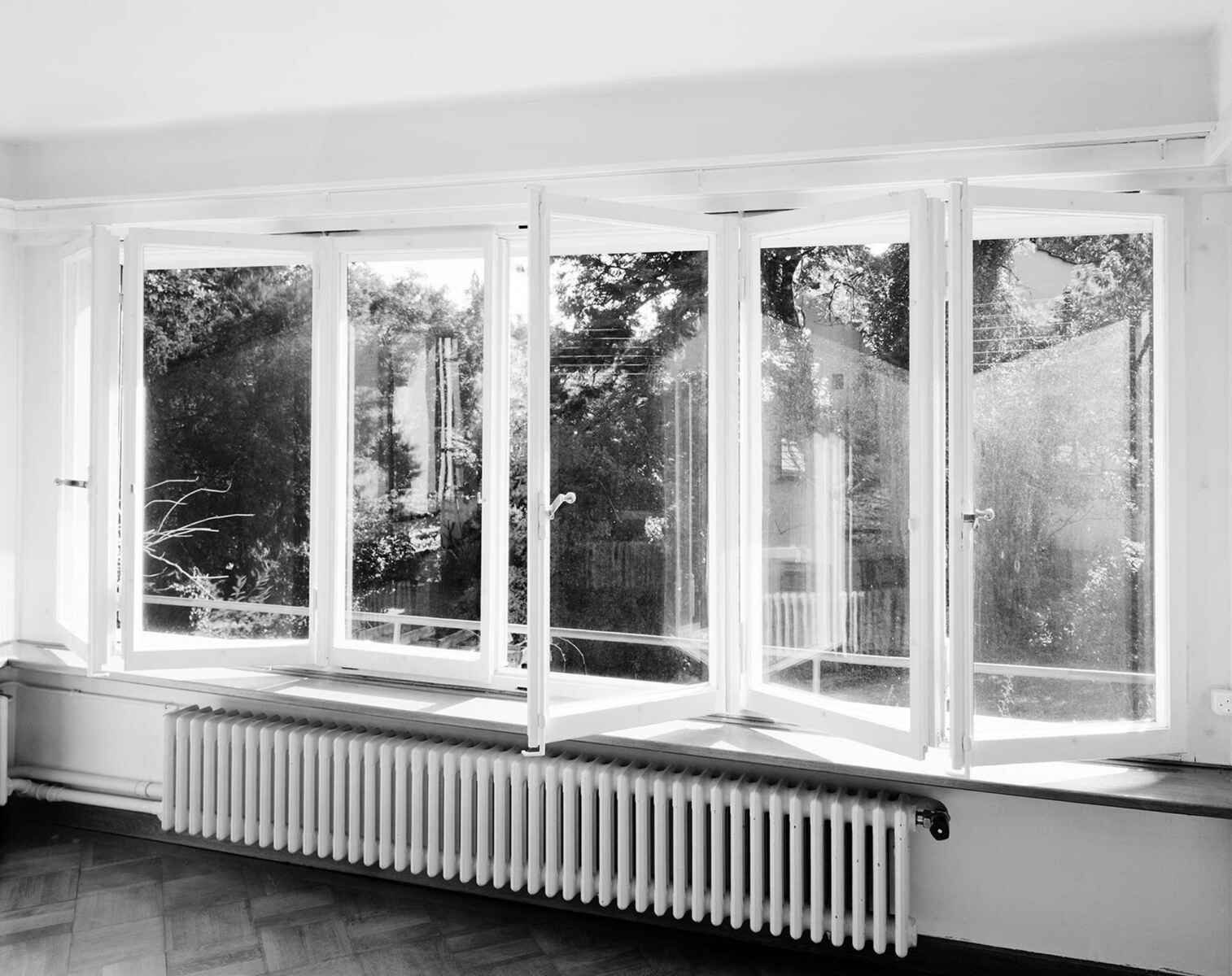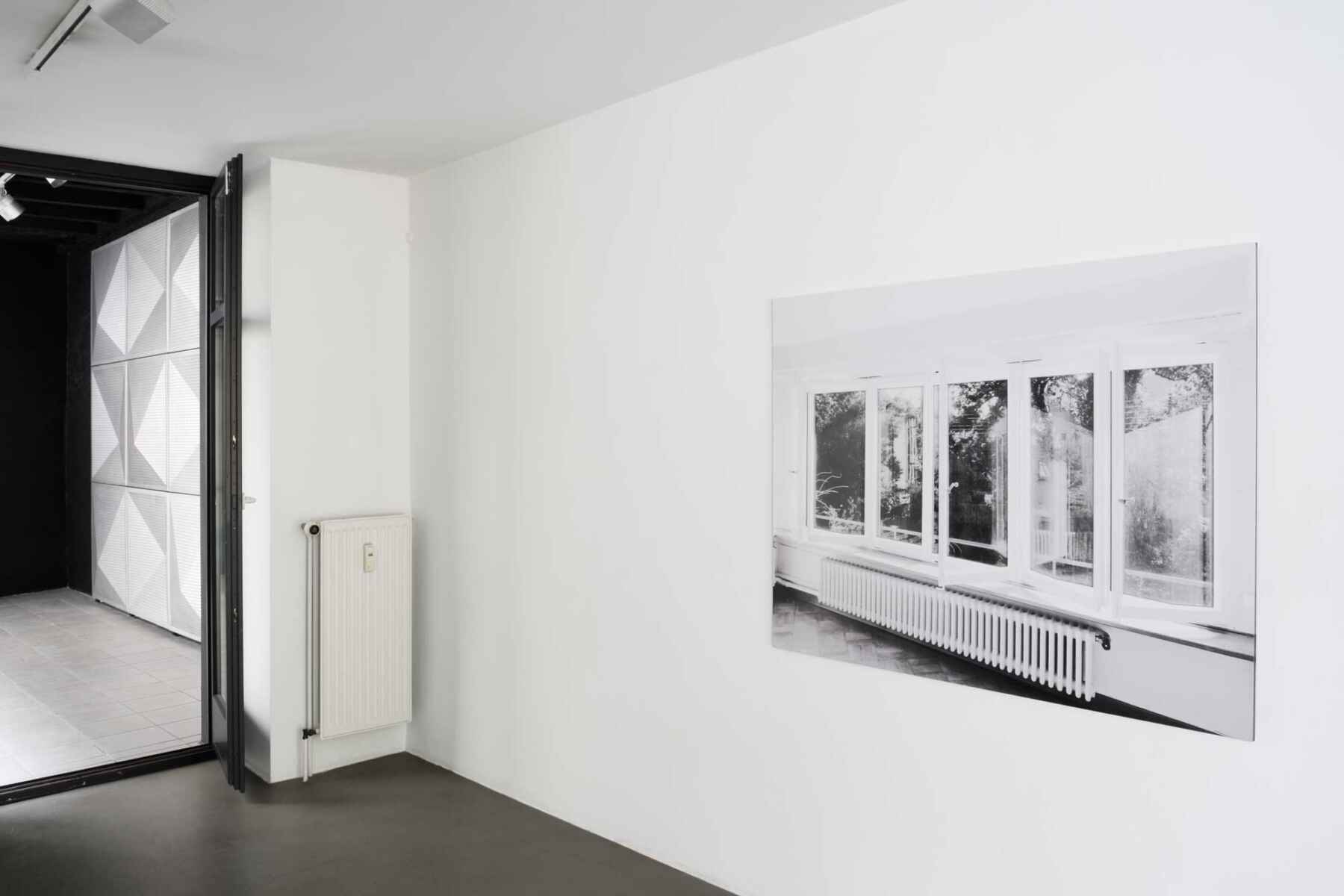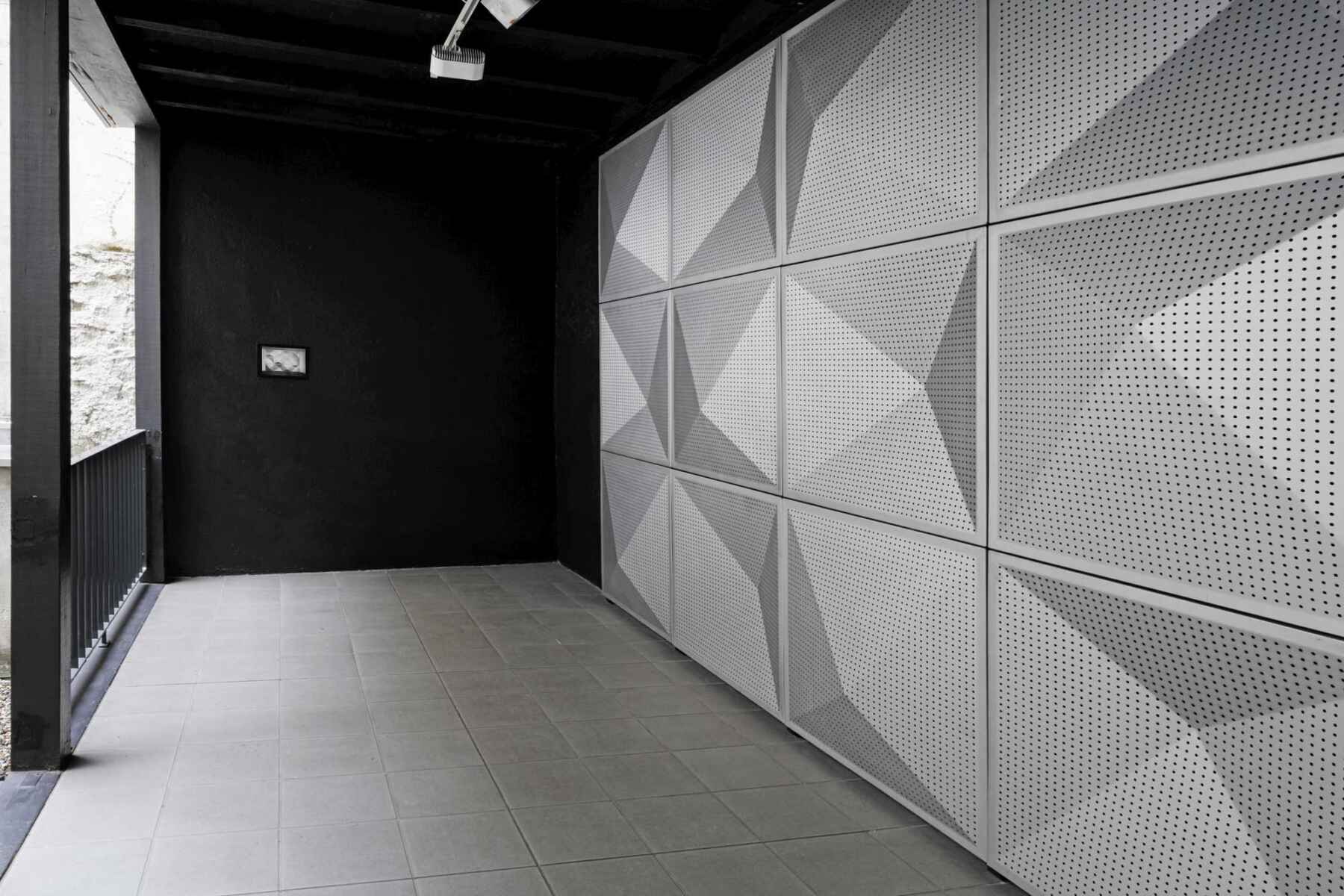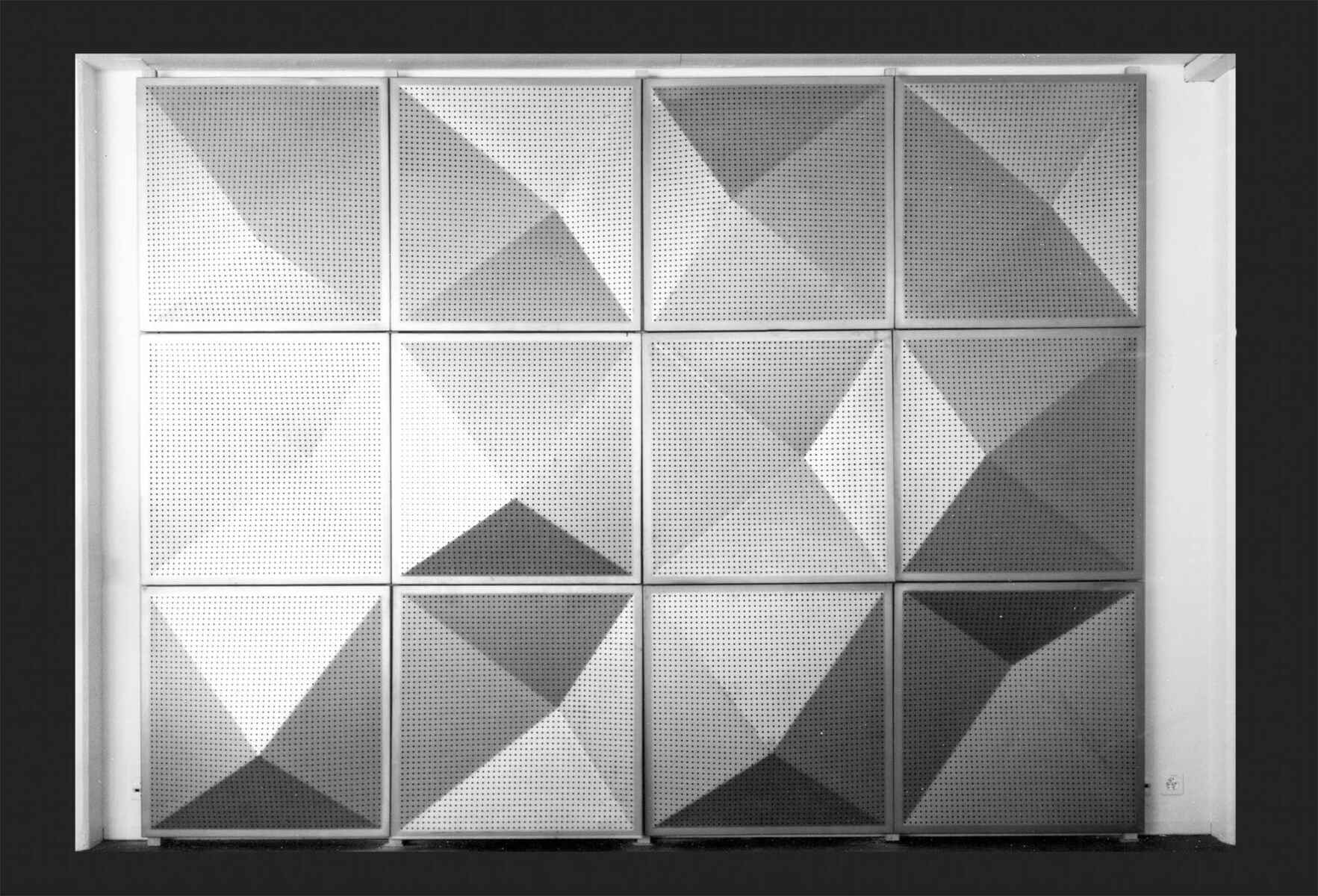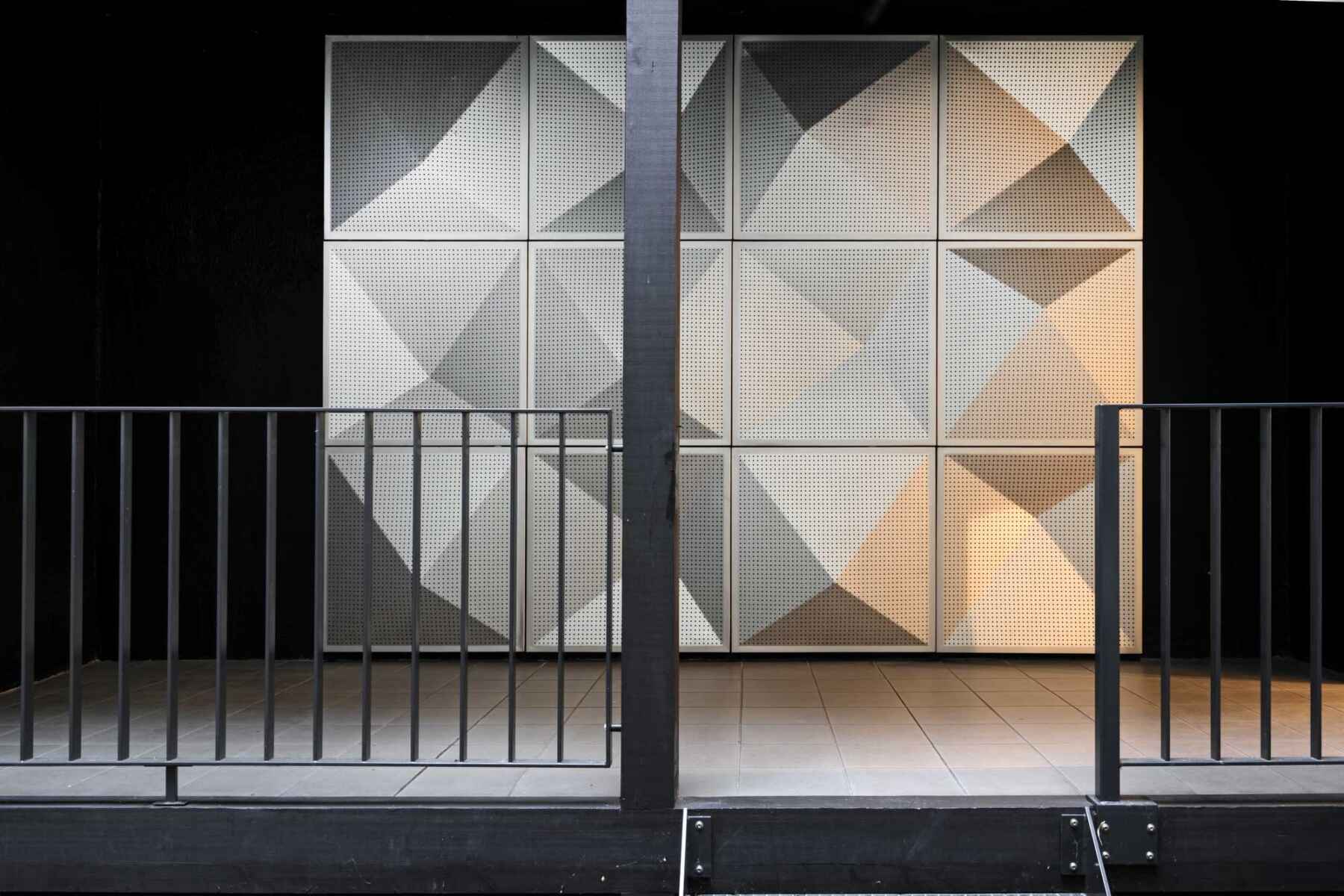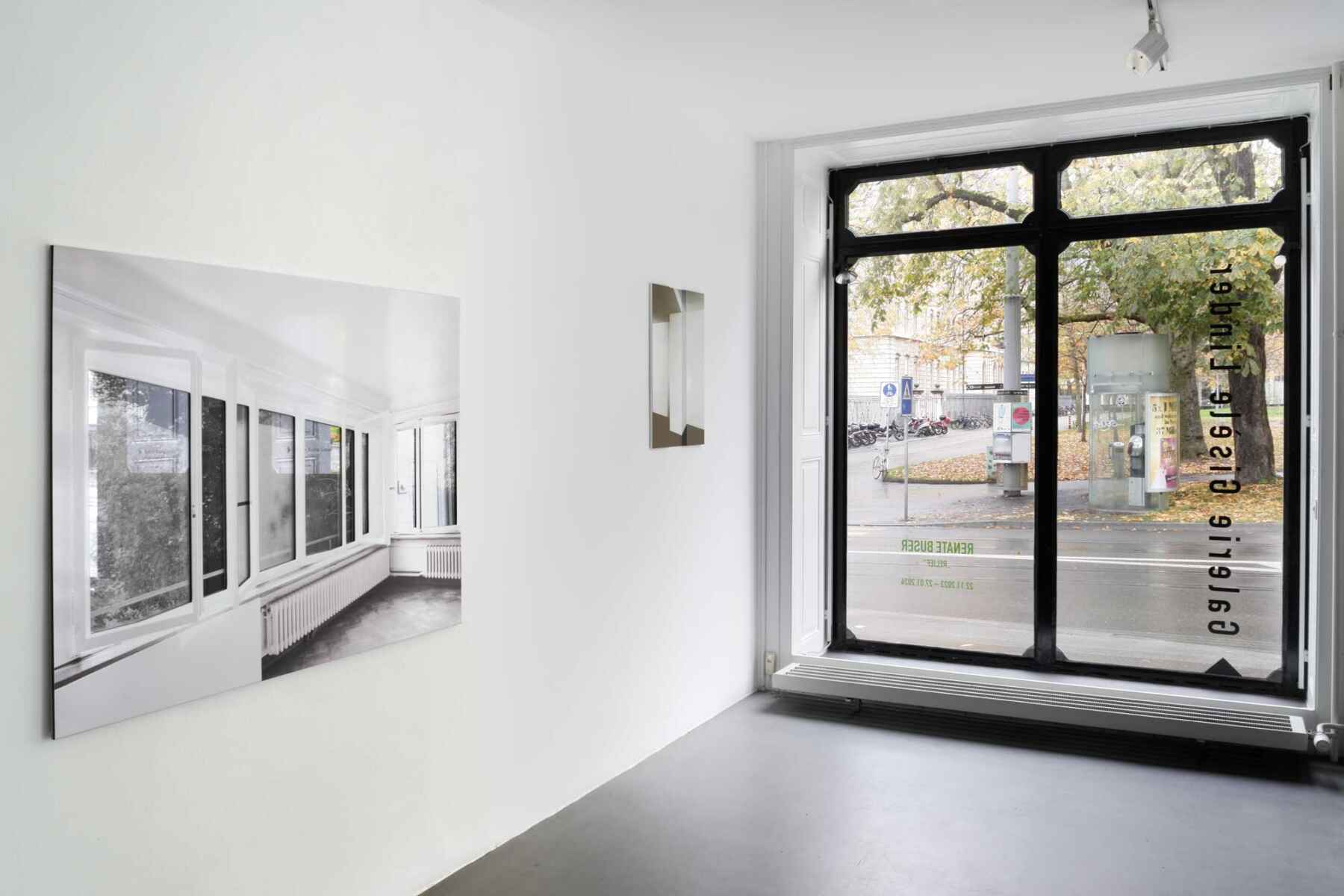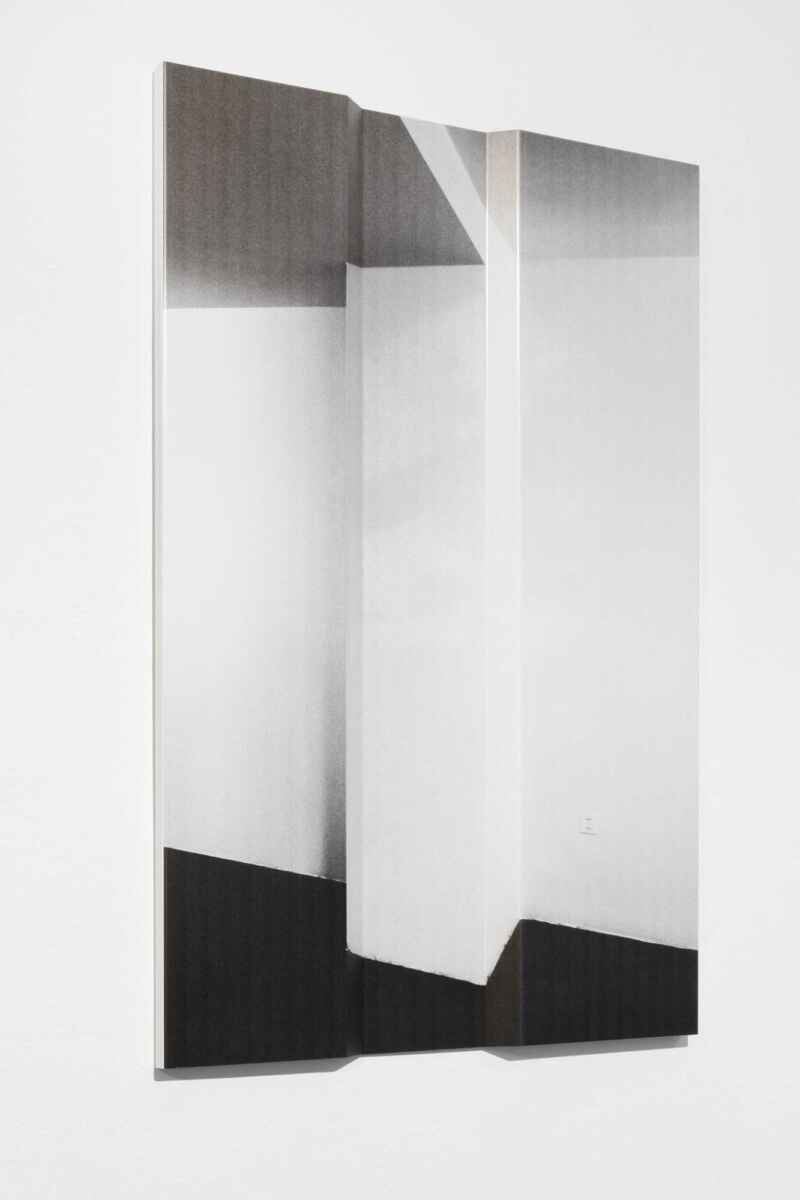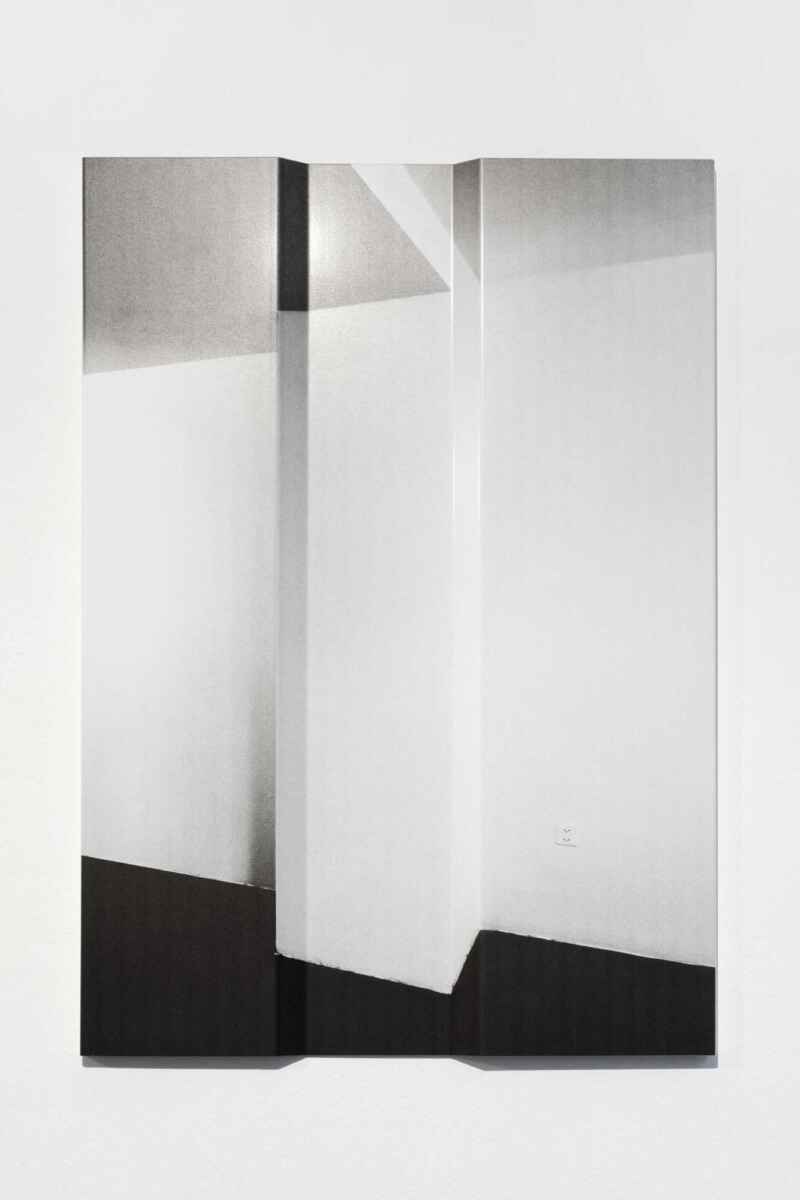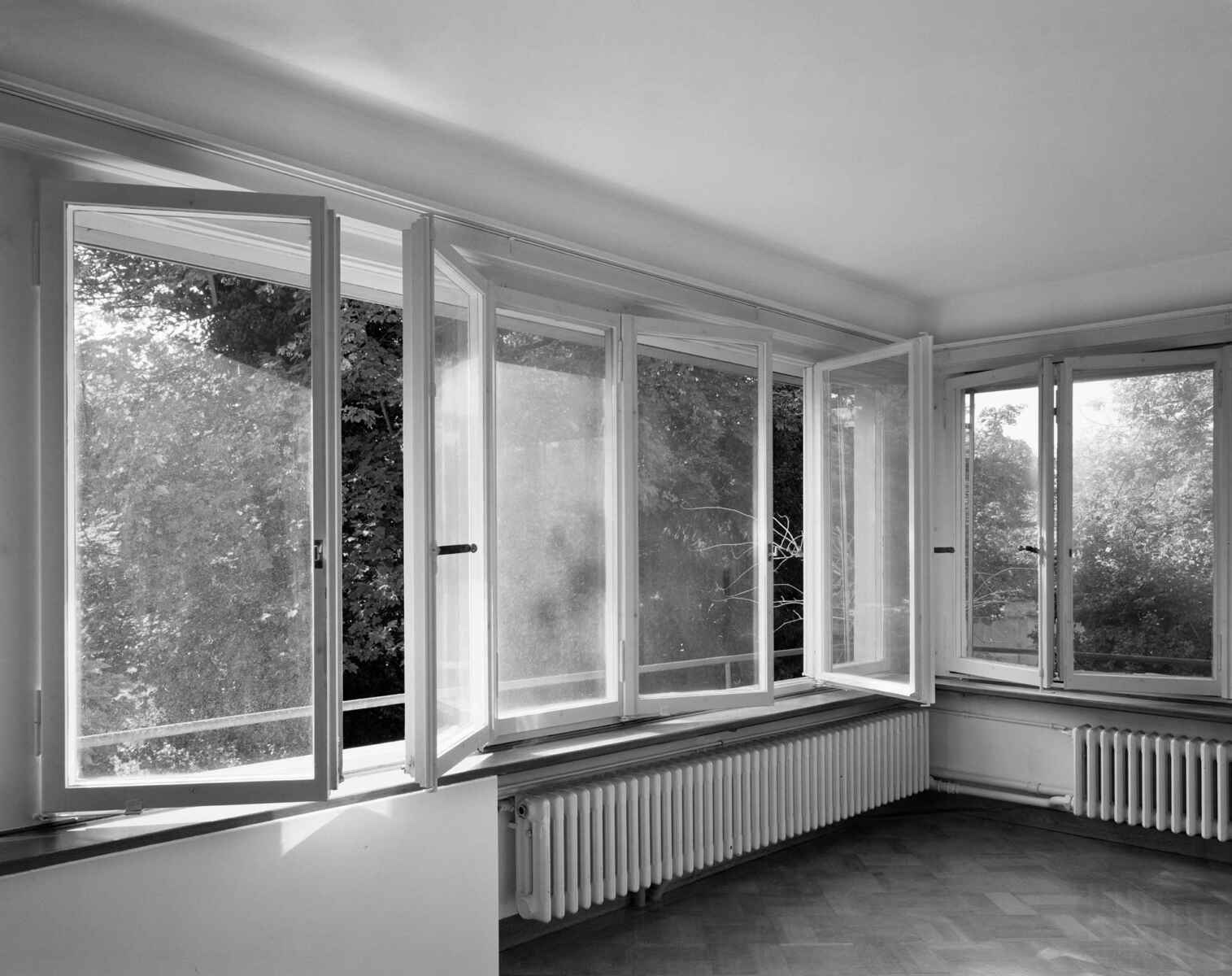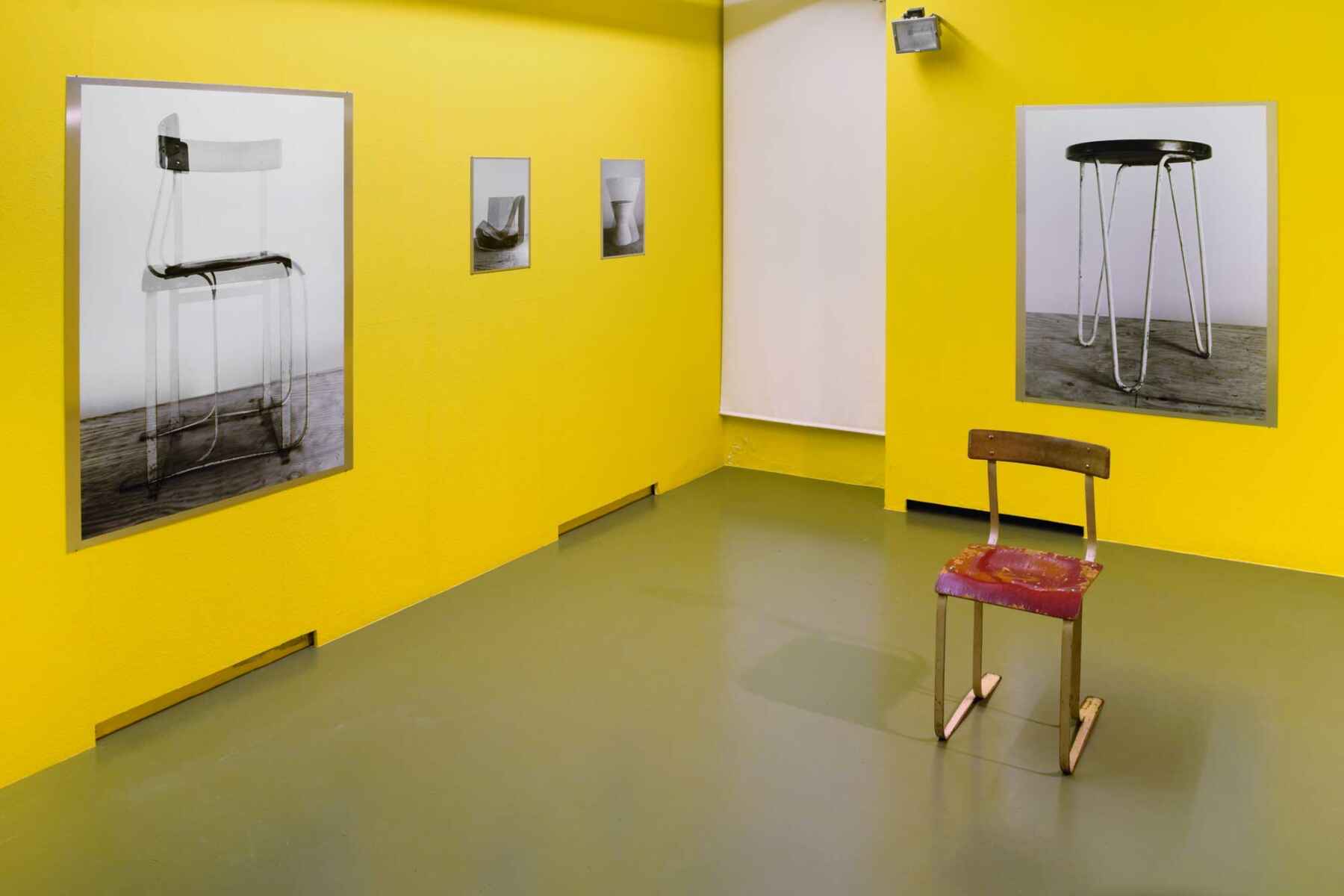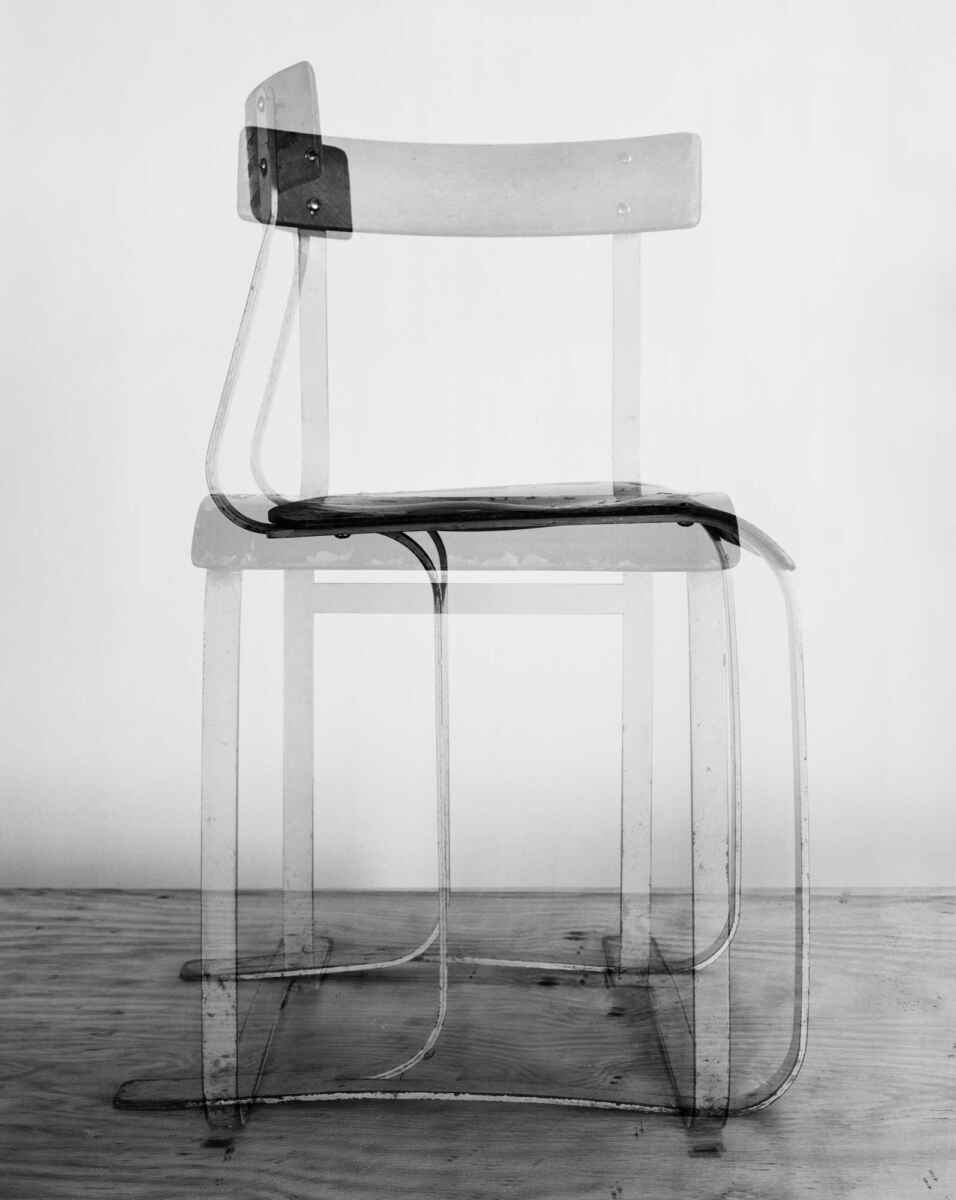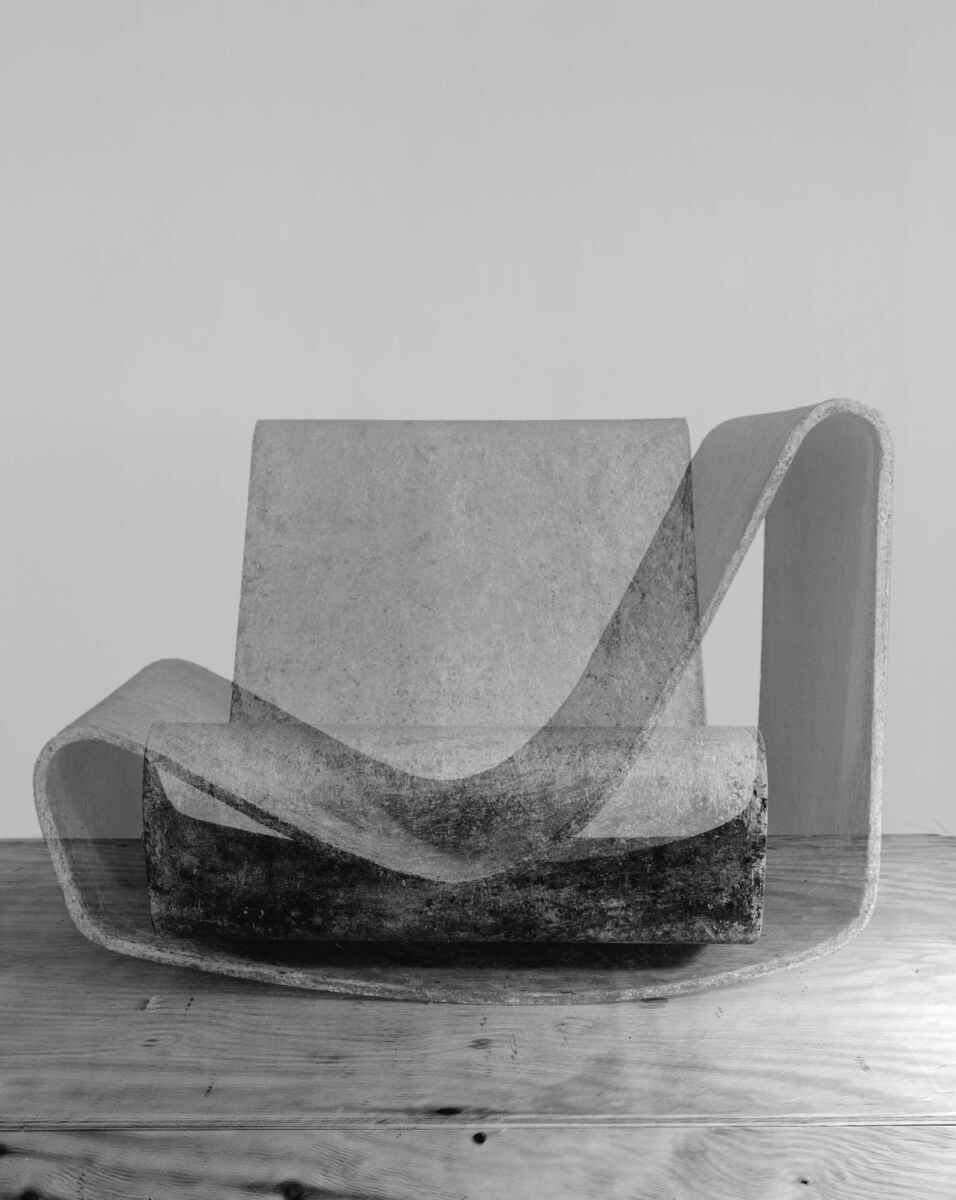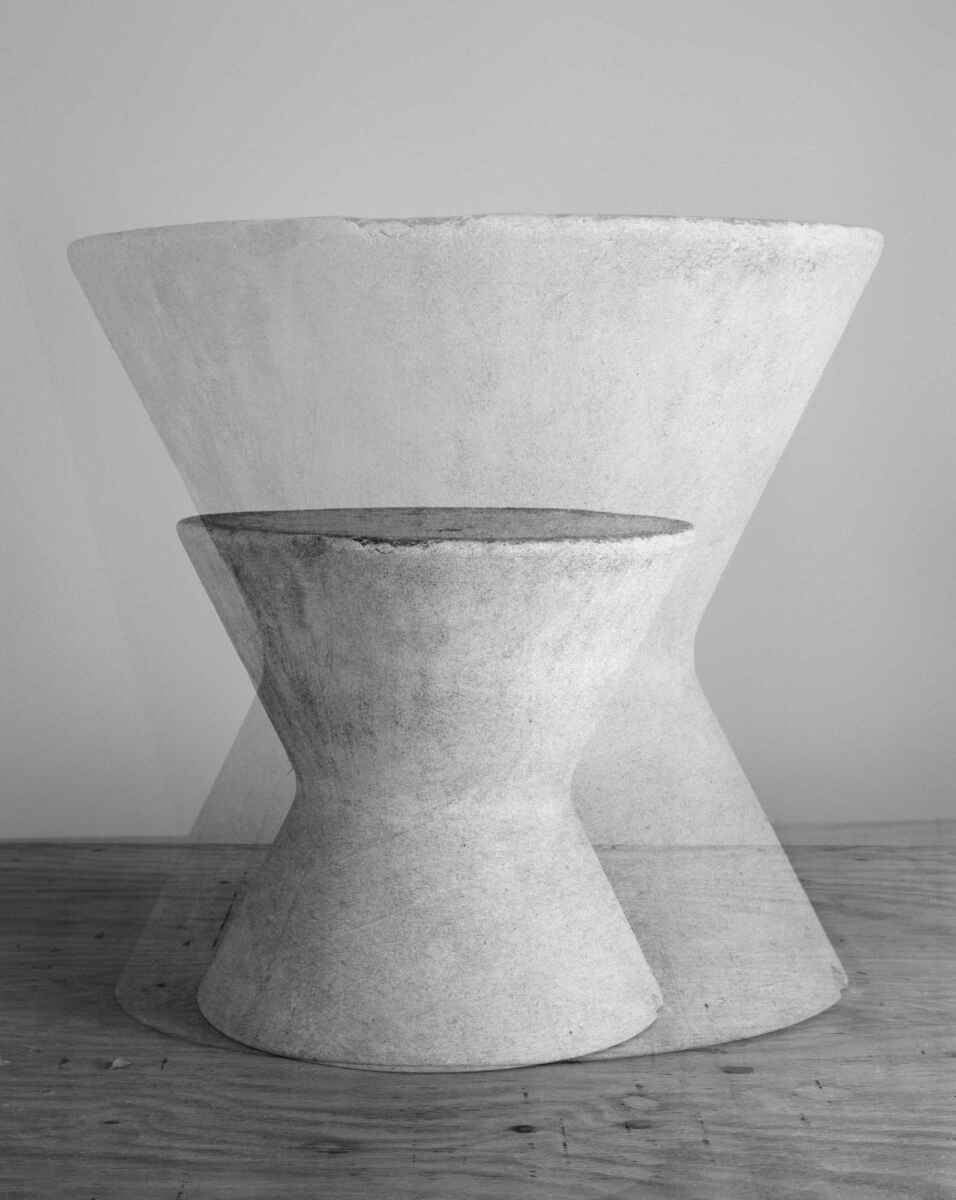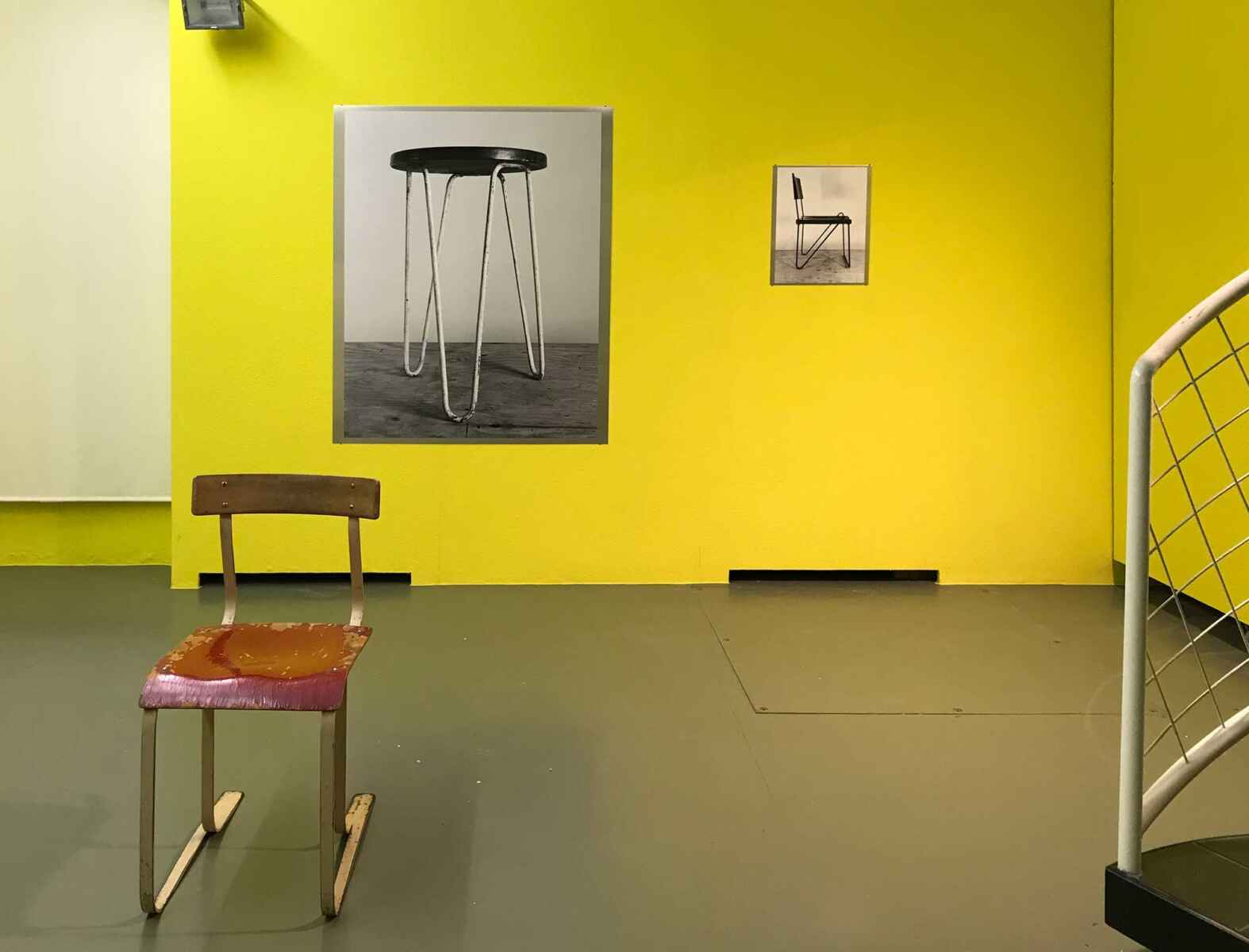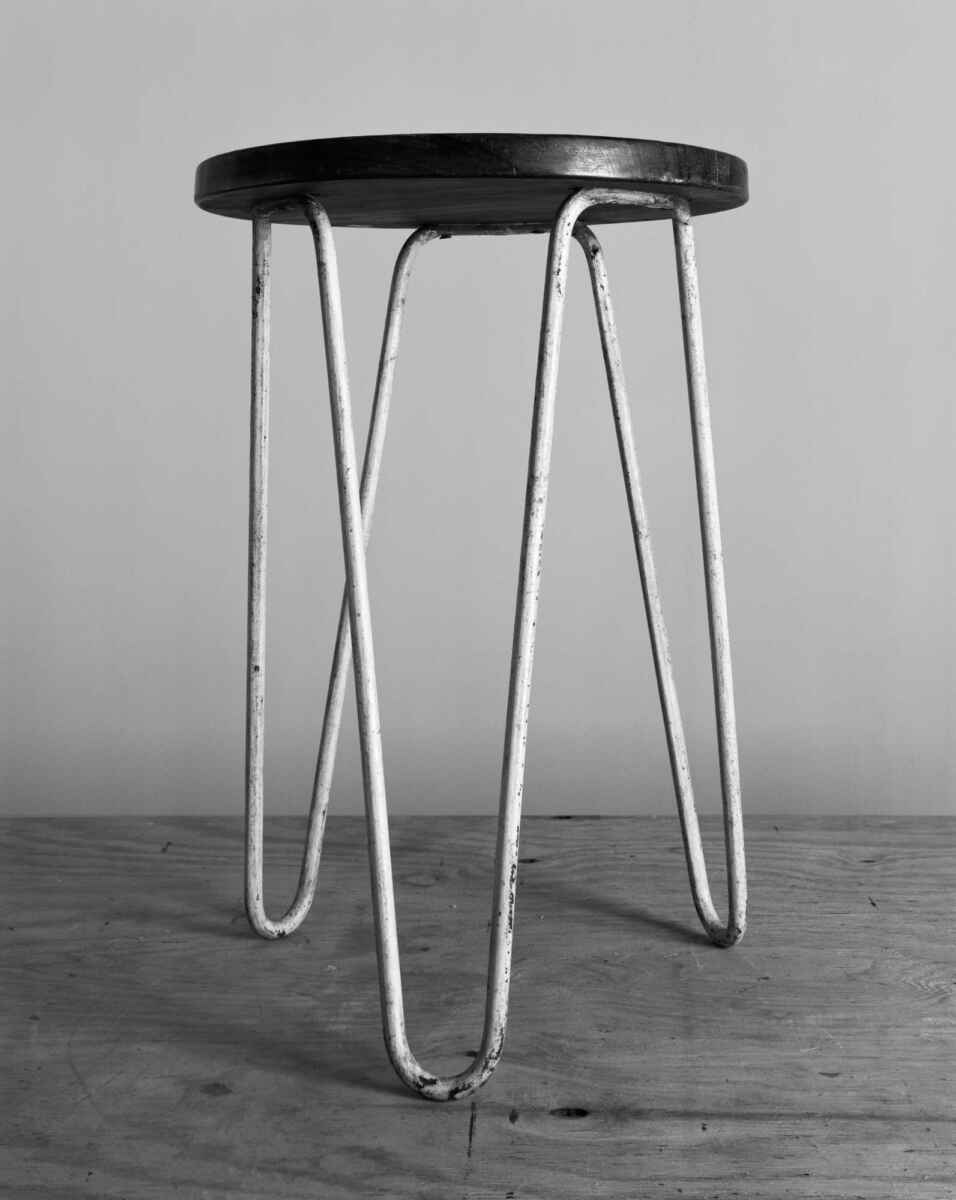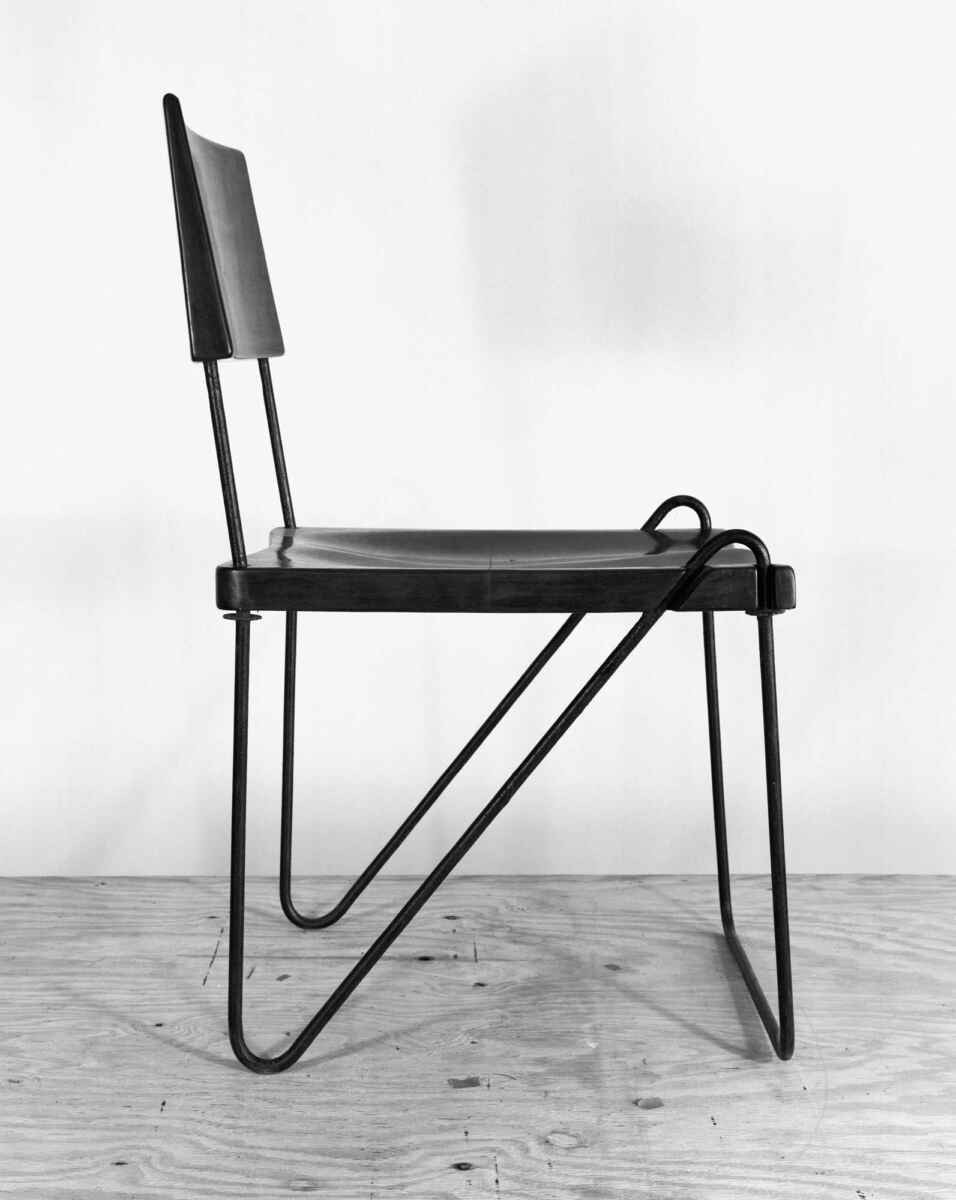Relief
Renate Buser
Relief
Galerie Gisèle Linder
22. November 2023 – 27. Januar 2024
Erdgeschoss:
Hexagon 1 / Hexagon 2 / Hexagon 3, 2023
Fotografie auf Papier, aufgezogen auf Museumskarton
92 × 92 cm
Colonne, 2023
Fotografie auf Aluminium weiss lackiert, abgekantet
48,5 × 69,5 × 1,5 cm
Fenster-Relief 1 / Fenster-Relief 2, 2023
Fotografie auf Aluminium weiss lackiert, abgekantet
Glasplatte. 3-teilig.
103 × 130 × 1 cm
Rialto, 2023
12 Aluminiumelemente abgekantet, Holzkonstruktion
380 × 285 cm
Rialto Kontaktabzug, 2023
Fotografie auf PE-Papier, auf Aluminium aufgezogen
24 × 30 cm
Goshen Innenhof 2, 2015
Digitaldruck auf Aluminium weiss lackiert, abgekantet
144,5 × 95 × 3 cm
Westmount Square Relief, 2015
Digitaldruck auf Aluminium weiss lackiert, abgekantet
113 × 75 × 2,5 cm
Y, 2023
Fotografie auf Aluminium weiss lackiert, abgekantet
19 × 24 × 3,5 cm
Sonderedition
Untergeschoss (Chambre Jaune):
WB 301 (Marcel Breuer), 2022–2023
Digitalprint auf Barytpapier, aufgezogen auf Aluminium
104 × 125 cm
Loop (Willy Guhl), 2022–2023
Digitalprint auf Barytpapier, aufgezogen auf Aluminium
37 × 44 cm
G 59 (Ernst Müller), 2022–2023
Digitalprint auf Barytpapier, aufgezogen auf Aluminium
37 × 44 cm
Stool (Le Corbusier), 2022–2023
Digitalprint auf Barytpapier, aufgezogen auf Aluminium
104 × 125 cm
PJ-SI-06-A, 2022–2023
Digitalprint auf Barytpapier, aufgezogen auf Aluminium
37 × 44 cm
Stuhl WB 301 (Marcel Breuer), 1933–34
75 × 38 × 50 cm
Leihgabe der P! Galerie
Raumaufnahmen: Serge Hasenböhler
Pressetext
What is it that distinguishes objects or spaces from their photographic image – this is what the exhibition RELIEF explores. On the one hand, by printing photos, the artist’s embellishments flatten reality and transform it into a picture; on the other hand, her interventions with other materials, such as the introduction of glass, or folding contradict these illusions by causing these photographs to resemble reliefs.
A relief is both a picture and a sculpture.
It begins with what was formerly a relief on the ceiling above a swimming pool, which Renate Buser was able to observe while doing the backstroke. This decorative module’s relocation and recontextualisation on the gallery wall – a “ready-made” gesture par excellence – is accompanied by a “caption” indicating, in the manner of a museum label, that the photograph of the relief has much more to say than the relief itself: through the recording of a moment of light, the object becomes transformed into a picture – flat and without relief.
The wooden hexagon is captured in the optical ambiguity of its form and belongs to the register of visual games playing with perceptual alienation. Sometimes becoming a cube and sometimes a plane, it can also be said to deconstruct itself, leaving viewers in a state of uncertainty.
At any rate, the surface of several of Renate Buser’s photographs are themselves disrupted through interventions, namely, through the folding of the support bearing the image. This forces viewers to read them in a different direction, undermining their spatial credibility and simultaneously elongating the lines of force radiating out from them.
With their optical oscillation between flatness and relief and – as seen in other works – between interior and exterior, these reliefs call into question our reading of the (correct) meaning of things, simultaneously touching on the cognitive threshold between illusion and probability.
This threshold is what Leon Battista Alberti is talking about in referring to the painting as a window on to the world. However, the window is far more complex than a simple opening that forms a frame. In fact, with his Fresh Window, Marcel Duchamp suggested that we should not just look through the window but also devote attention to the device of the window itself.
In Renate Buser’s embellishments, where the window becomes the subject and not just a framing instrument, the threshold is a question of filters, glossiness, under- or overexposure, the orientation of the light – in short, a question of scopic complexity
The building, with its openings like “eyes on to the world”, is also the “home”, the interior. These are the boundaries explored by the exhibition RELIEF.
Lower level
We can look at the chairs photographed by Renate Buser like portraits. These chairs, which sometimes contain two superimposed views, are recorded from a very low level – on “their” level, as in the case of a portrait image. These photographs do not just evoke the absent presence of their designers, they present this emptiness as an expectation. These seats recall the system of portrait images in the earliest days of photography where, as described by Roland Barthes, the long pauses of the cameras demanded long poses from the models, who were pressed into seats with prostheses supporting the sitters’ necks to prevent them from moving.
Robert Ireland, Autumn 2023
Translation: Michael Wetzel
